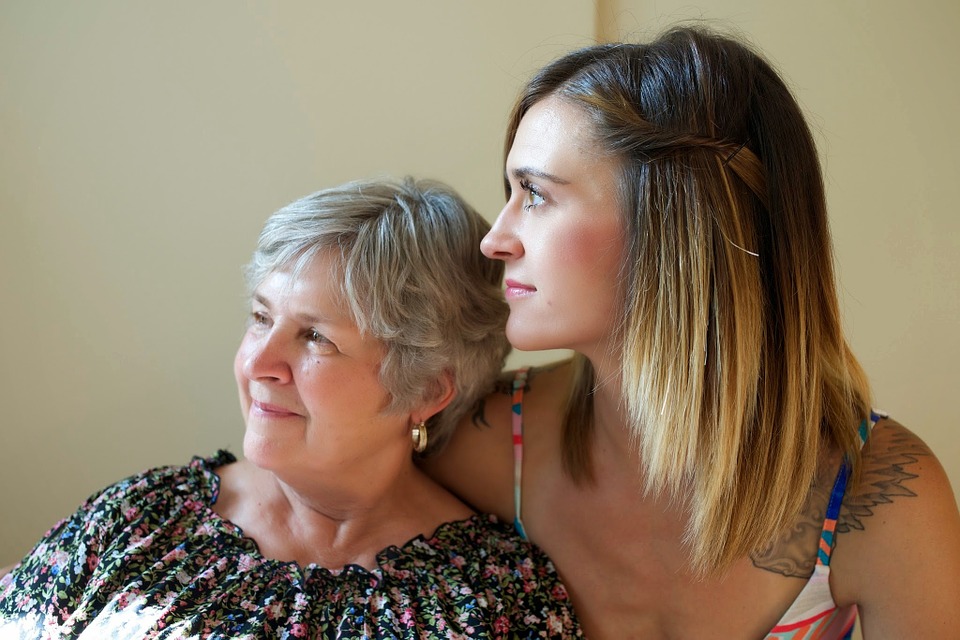Julie Entwistle, MBA, BHSc (OT), BSc (Health / Gerontology)
Co-written with Jacquelyn Bonneville, Occupational Therapist
I can only imagine how it must feel to be a teenager in today’s era of technology and social media. When I was young, our social circles were those we could call, or see at school, in the neighborhood, at camp, or when playing sports. If we did something wrong, embarrassing, or “bad” it could only ripple so far in the small puddle that surrounded us. Now, that puddle is an ocean and our activities, photos, thoughts and feelings can not only reach people that we would not otherwise engage with, but can extend across continents.
Over the last decade researchers have been attempting to capture the good, the bad, and the ugly of social media, with mixed results. Social media platforms include websites like Instagram, Facebook, Twitter, and LinkedIn. People of all ages are engaging in social media, as it becomes one of the most predominant forms of communication. Social media has its benefits and risks, and as the rate of anxiety in North America rises it is important to consider how and why you may be using social media, and what it may be doing to your health.
In some ways, social media is not a new concept at its core. Humans have always desired information, gratification, and social exchange to a certain extent – they also require opportunities to de-stress, to socially disengage, or to feel surrounded by others and yet not obliged to interact with them. Social media trends have made it increasingly more difficult to switch off, leading many to feel constantly bombarded by notifications of what others are doing, thinking, saying, feeling (good or bad).
The concept of instant gratification is now more prominent than ever, with instant “likes”, comments, “re-tweets”, or number of “shares” available, and many strive to measure their social success in these numbers. As social media instant gratification is almost a new norm in society, this is likely to transcend into offline world. How will this expectation of instant gratification affect our ability to be patient with life events that typically take a long time to achieve, such as relationships or career development? What is all this pressure to be well-liked (literally) on social media doing to teens who are developing their social identities in the midst of a social, public world? What does online popularity mean for people who are easily influenced, or have low self-esteem and self-concept? These are questions many therapists are now addressing regularly in sessions with teens and adults alike.
You may have heard hot-topic terms like Facebook Addiction Disorder and Social Media Anxiety Disorder; though neither of these are valid diagnoses currently, it points to the notion that a serious shift is happening in our society. Social Media helps us to create a highlight-reel of our lives – either the life we are living, or the life we want to live – and we only post the things we want people to see and this is often enhanced, truth-stretched, fabricated, sepia-toned, and cropped. It leads people to believe that this is what college is supposed to be like, or what my summer is supposed to look like, or how I’m supposed to look as a mother out with my children. Some literature suggests that social media may be holding us up to completely unrealistic expectations, resulting in us feeling less pride for our accomplishments, and more anxious about how we may be measuring up. For more information on this, and an interesting video of youth explaining social media related anxiety, check out these two articles:
The Very Real Anxiety That Comes From Texting, ‘Likes’ And FOMO
Yale psychiatrist has one explanation for why students these days are so anxious
A study published by The New York Times in 2015 reports anxiety is now the #1 mental health diagnosis on college campuses. The constant comparisons, fear of missing out (or ‘FOMO’ as it is often phrased), and misinterpretations of texts are certainly impacting the mental wellness of people of all ages. As a result, anxiety rates are rising exponentially.
Self-reflection is an important tool often encouraged by therapists to help you understand your own behaviour. Occupational Therapists may encourage self-reflection through mindfulness techniques. For instance, why do you use social media? Look at your last status update or picture upload; why did you post that? Maybe the last interaction with social media you had was to write a comment on a co-worker’s LinkedIn profile, and you believe the reason why you did so was to support their competency of certain skills in hopes of maybe boosting their reputation. Now, think deeper than that, to subconscious reasons that may have also motivated you for doing this: Does it make you look like a good coworker or friend for doing that? Does it help spread your name to gain more connections based on who views their profile? Would you be even a little upset if they didn’t return the favour? So, it is important to ask yourself the question: Why am I really posting this? How does it make me feel afterwards? How am I hoping to make others feel? Do I have a motive deeper than a simple “like”?
It is important to check-in with yourself regarding your thoughts about social media and why you use it, and to respect that the youth of today have entirely different challenges socially than you may have had. To completely withdraw from social media, or to stop your children from using it entirely, may actually be more harmful than good. However, if your urge to use social media becomes so strong that it is negatively affecting your relationships, work, enjoyment in your accomplishments, time-spending, or if it’s making you feel anxious, professionals like Occupational Therapists (especially those with additional training in Psychotherapy) can be an excellent resource to help get you back to functioning in a way that is meaningful and enjoyable for you. OTs are experts and understanding competing life demands, and have a wealth of experience and knowledge helping people to rebalance into productive function.
For other strategies on how to attempt to manage social media related anxiety, check out:
How to Calm Your Social Media Anxiety
In the end, the verdict is still out on the benefits and risks of social media – from a mental health perspective. Personally, I could not find what I could call “authenticity” on Facebook but still found myself checking this too often. So I decided to go on a hiatus and have not returned. I miss the funny videos and seeing photos of my friends’ children, but don’t miss the ads, bothersome images, or personal crusades that people use this platform to promote. The most important thing here is behavioral regulation – check your screen time, understand your thoughts, feelings and behaviors when engaging in Social Media and make changes if you are not happy with what you find. And good luck – kicking or changing any habit is not easy!













